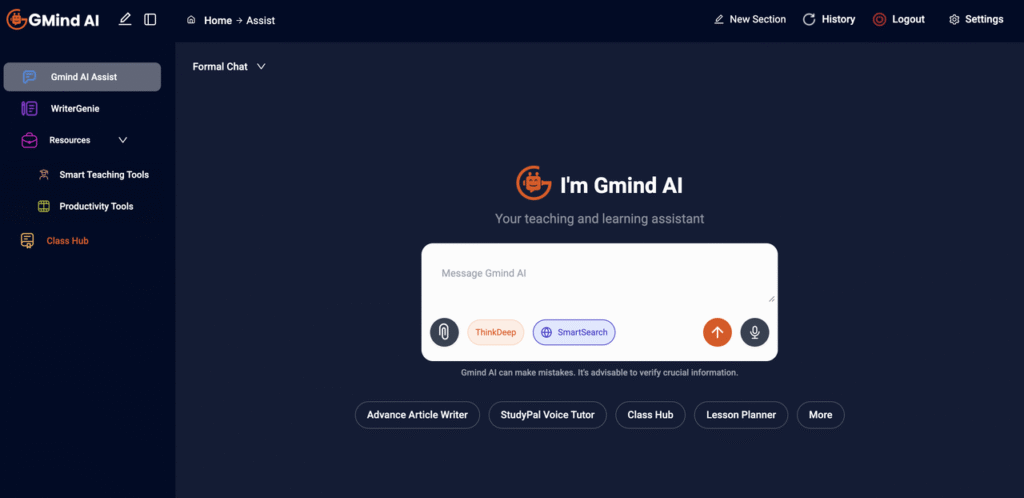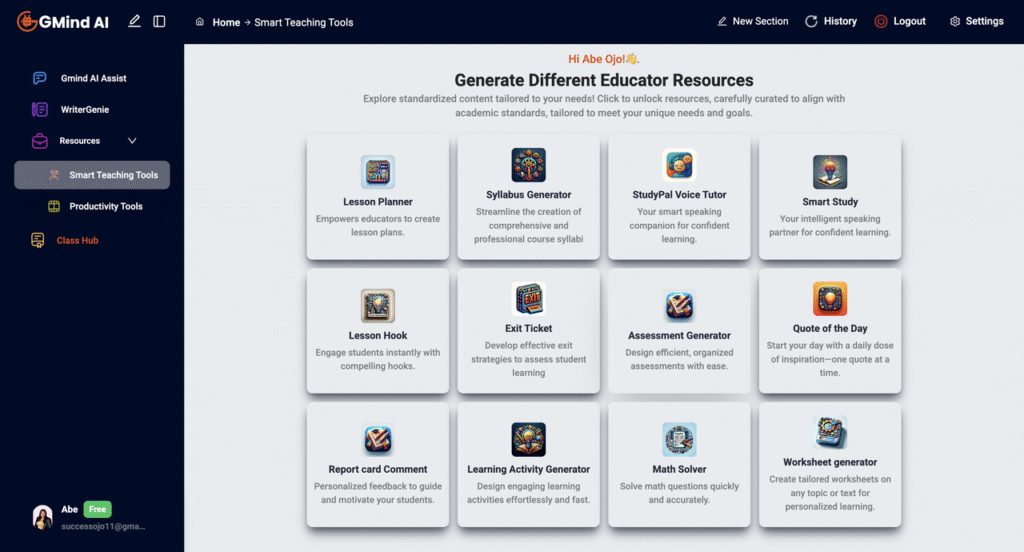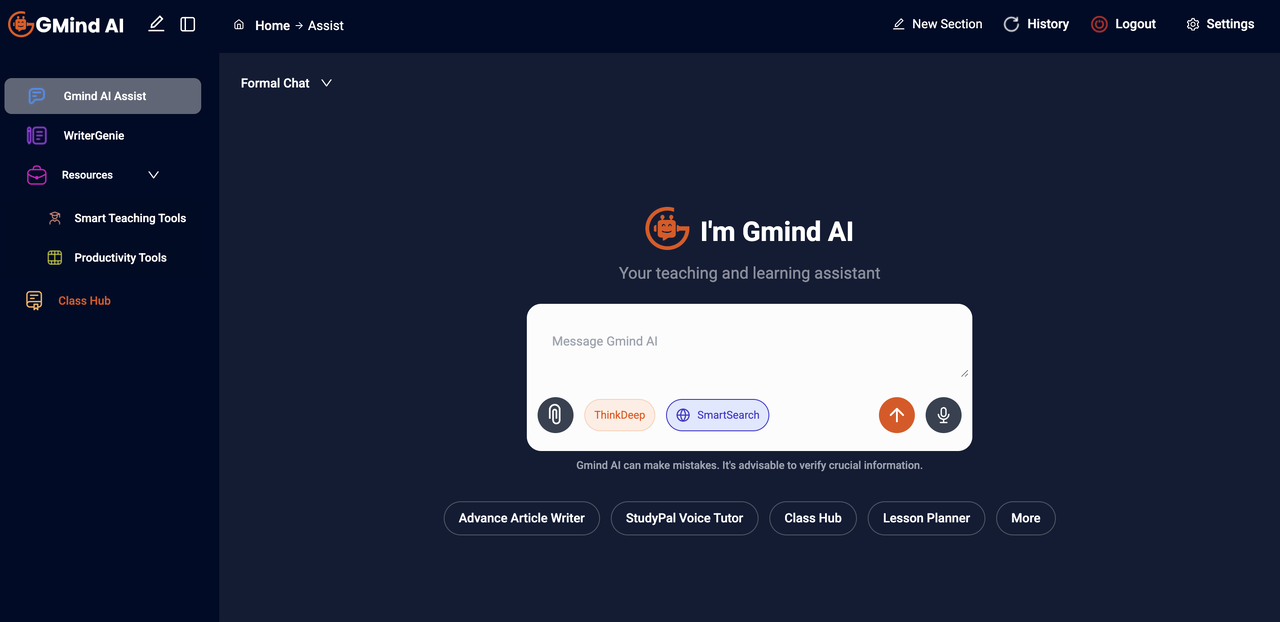Have you ever wondered what happens when cutting-edge AI meets the real challenges of African classrooms? overcrowded rooms, little or no internet, teachers juggling endless admin work?
Most platforms crumble under those conditions. But GMind AI was built differently.
And that’s what makes this story so fascinating.

Read Also: How to Earn an Additional $200 a Day Using ChatGPT (Step-by-Step Guide)
Born From Struggle, Built For Impact
GMind AI wasn’t dreamed up in a Silicon Valley office. It was designed for classrooms where 50+ students squeeze into a room built for 20, where teachers battle not just to teach but to survive the chaos.
Instead of ignoring those realities, GMind AI embraced them. And the result? A tool that feels less like “tech for tech’s sake” and more like a lifeline for both teachers and students.
Learning in Your Own Language – Even Offline
Here’s where it gets exciting. Imagine a voice tutor—called StudyPal—that speaks to students in Yoruba, Igbo, Hausa, Pidgin, Swahili, and more.
Not in stiff, robotic English. But in the language that feels like home.
And because GMind AI works offline, kids in areas with weak or no internet can still download lessons, practice quizzes, and keep learning. That alone makes it revolutionary.
Read Also: The Best AI Tool for Ranking #1 on Google?
Teachers Finally Get Their Time Back
If you’ve ever spoken to a teacher, you know the biggest complaint isn’t just lack of resources—it’s the never-ending admin work.

That’s where ClassHub comes in. In seconds, teachers can create lesson plans aligned with the local curriculum, set digital assessments, and track student progress—all from their phone.
One teacher in Nigeria put it this way:
“For the first time in years, I feel like I can actually teach instead of drowning in paperwork.”
Try GMIND For Free Here
Real Results, Real Classrooms
This isn’t some shiny demo app. GMind AI is already in classrooms across more than a dozen African countries—and the early results are jaw-dropping:
- Students are showing stronger literacy and numeracy scores.
- Teachers report more classroom control and less stress.
- NGOs and governments are adopting it for teacher training programs.
It’s not theory. It’s happening right now.
More Than Just an App – A Full AI Toolkit
Beyond StudyPal and ClassHub, GMind AI packs in tools you’d expect from the world’s best productivity suites:
- AI Writing Assistant (for essays, reports, product descriptions)
- Smart Search & Summaries
- Transcriber & Translator
- Flowchart & Data Analyzer
- Image Generator
- AI Humanizer & Speech Synthesizer
It’s like carrying Google Classroom, Grammarly, Notion, and Canva—all in your pocket.
From Africa to the World
Here’s the twist most people don’t see coming:
What started as a solution for African classrooms is now catching global attention.
Why? Because the same problems—low connectivity, overcrowded classrooms, stressed teachers—exist in rural Asia and Latin America too. GMind AI’s “offline-first, multilingual, resource-light” model could become the blueprint for global education tech.
Final Verdict: Why GMind AI Matters
Most edtech startups promise disruption. GMind AI delivers something rarer: hope.
Hope for the student in a remote village who can now learn in her own language.
Hope for the teacher who finally has time to teach, not just manage paperwork.
Hope for an entire generation that refuses to let environment dictate destiny.
GMind AI isn’t just another AI tool. It’s proof that when technology listens, adapts, and serves—it doesn’t just educate. It transforms.
If you’re even remotely curious about where the future of learning is headed—keep your eye on GMind AI. This is one story that’s only just beginning.


